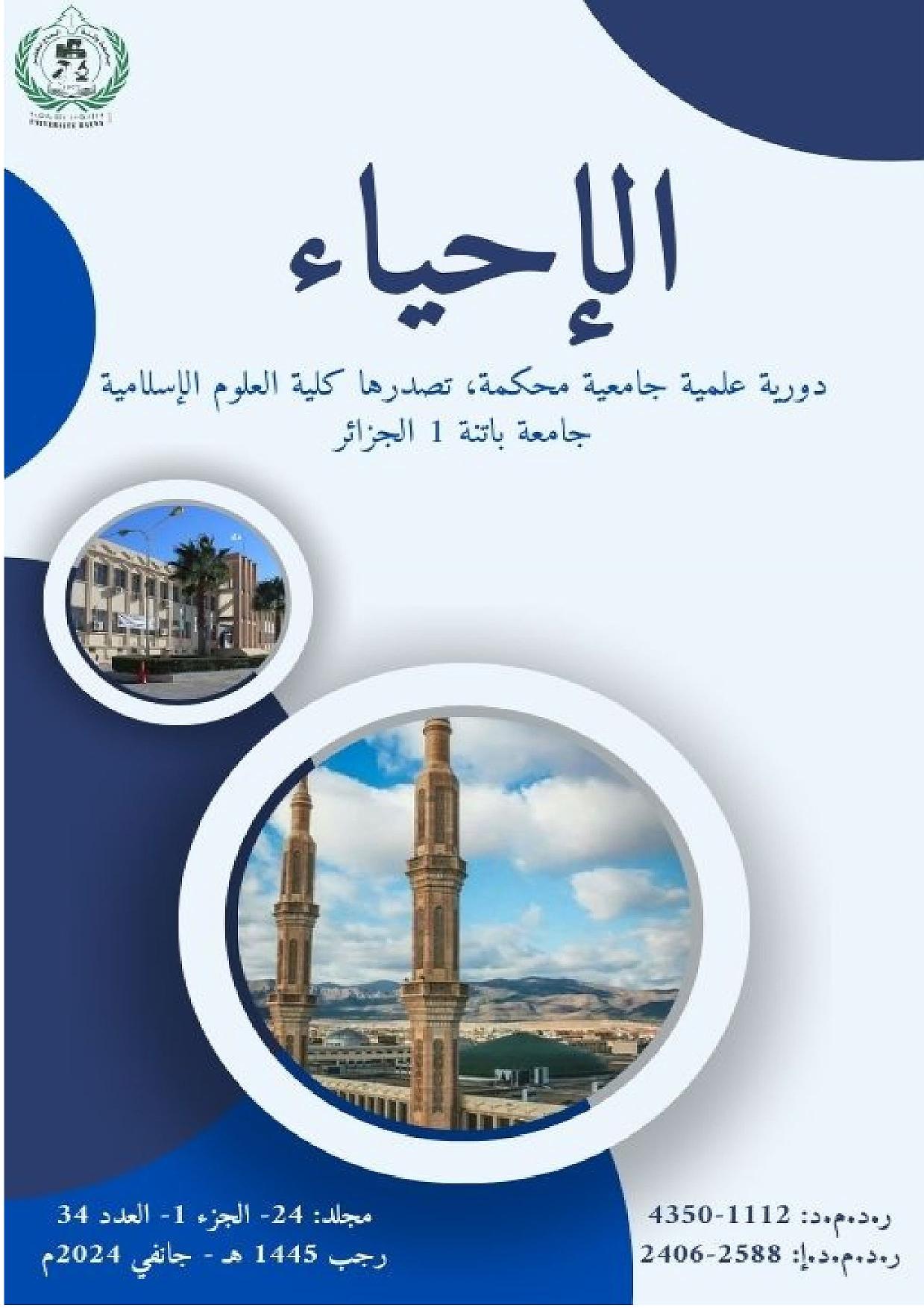Murals of Ahmed Bey Palace in Constantine: drawings of the city of Cairo and Alexandria as a model
DOI :
https://doi.org/10.59791/ihy.v24i1.3851Mots-clés :
Architectural ornamentation, gypsum, fresco, Palace of Ahmed Bey, ConstantineRésumé
The art of mural painting dates back to ancient times where primitive humans used cave walls to express their thoughts. Over time, this art form evolved into architectural ornamentation used to decorate the walls of palaces and homes. These decorations were executed on various materials such as stone, wood, marble, and gypsum. The Ottomans widely used the fresco technique in their decorations, including Ahmed Bey, who built a palace in the city of Constantine, the capital of the Eastern Province under his rule. He worked on decorating it with the best and most exquisite materials and ornaments, making it a unique architectural masterpiece in Algeria, rich in various architectural ornamentation elements, including the fresco technique, which we have attempted to elaborate on in our paper by studying a model of mural paintings that represent the drawing of cities. We attempted to understand their meanings and significance, and found that they covered a large part of the palace walls and were characterized by a high degree of precision.
Téléchargements
Publiée
Comment citer
Numéro
Rubrique
Licence

Ce travail est disponible sous licence Creative Commons Attribution - Pas d'Utilisation Commerciale - Pas de Modification 4.0 International.





